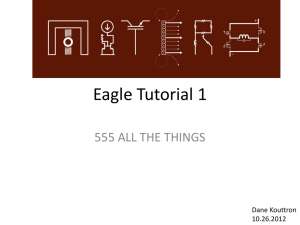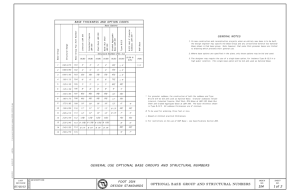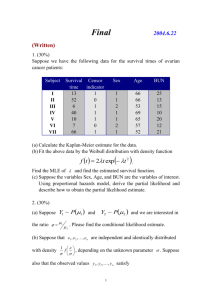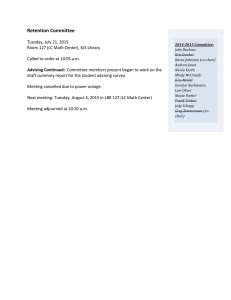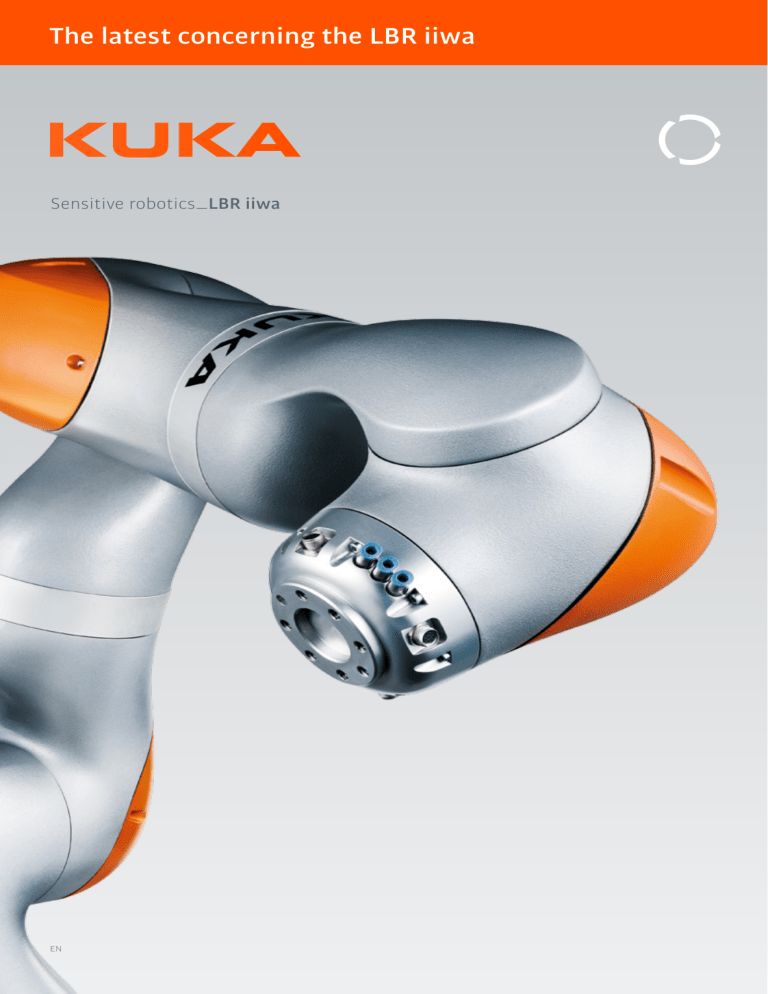
The latest concerning the LBR iiwa Sensitive robotics�LBR iiwa EN �Media flange Media Flange Options The energy supply for external components of the LBR iiwa is hidden inside the kinematic structure of the robot. There are two energy supply systems available: Pneumatic 2 x air (Diameter 4.0 mm) 2 x electric (1.0 mm²) 1 x Ethernet-compliant cabling Electric 3 x twisted-pair wires (AWG28) 4 x electric (1.0 mm²) 1 x Ethernet-compliant cabling Interface for CAT5 and analogue signals (4-pin) Interface for CAT5 and analogue signals (6-pin) Interface for power supply (3 A, 24 V) no external source needed Interface for power supply (max. 4 A, max. 60 V) with external source Interface for power supply (max. 5 A, max. 60 V) with external source Interface for power supply (max. 8 A, max. 30 V) with external source Interface for power supply (max 8 A, max. 60 V) with external source Pneumatic interface with 2 compressed air connections EtherCAT connection Configurable inputs and outputs for direct connection of sensors and other electrical components Enabling switch, programmable application button, programmable visual indication (LED) Handle for manual guidance Intelligent pneumatic interface: 2 integrated bistable valves and an additional air connection Media-Flange Inside pneumatic Media-Flange Inside electric Media-Flange IO Valve pneumatic Media-Flange Touch pneumatic Media-Flange Touch electric Media-Flange IO pneumatic Media-Flange IO electric Media-Flange pneumatic Media-Flange electric Media Flange Selection Matrix Basic-Flange All media flanges have a hole-pattern conforming to DIN ISO 9409-1-50-7-M6. The following media flanges are available: �Technical data �Application examples MF¹ Mastering highly demanding tasks Practical applications of the LBR iiwa D F C B A E The collaborative robotic innovation with sensory capabilities for safety, fast teaching and simple operator control is already being put to practical use in number of areas. The efficient and versatile assistant is already opening up new areas of application in the vicinity of humans in a wide range of industries. ¹dependent on the media flange option Working envelope Dimensions A G Dimensions B Dimensions C Dimensions D Dimensions E Dimensions F Dimensions G LBR iiwa 7 R800 1,266 mm 1,140 mm 340 mm 400 mm 400 mm 260 mm 800 mm 1.7 m3 LBR iiwa 14 R820 1,306 mm 1,180 mm 360 mm 420 mm 400 mm 255 mm 820 mm 1.8 m3 LBR iiwa 7 kg Axis data / range of motion Maximum torque Maximum velocity LBR iiwa 14 kg Maximum torque Maximum velocity Axis 1 (A1) ± 170° 176 Nm 98°/s 320 Nm 85°/s Axis 2 (A2) ± 120° 176 Nm 98°/s 320 Nm 85°/s 100°/s Axis 3 (A3) ± 170° 110 Nm 100°/s 176 Nm Axis 4 (A4) ± 120° 110 Nm 130°/s 176 Nm 75°/s Axis 5 (A5) ± 170° 110 Nm 140°/s 110 Nm 130°/s Axis 6 (A6) ± 120° 40 Nm 180°/s 40 Nm 135°/s Axis 7 (A7) ± 175° 40 Nm 180°/s 40 Nm 135°/s Programmable Cartesian stiffness Min. (X, Y, Z) 0.0 N/m Min. (A, B, C) 0.0 N/rad Max. (X, Y, Z) 5,000 N/m Max. (A, B, C) 300 Nm/rad 30,000 operating hours Efficiently fasten screws in dishwashers using the sensitive colleague. Increase productivity and work ergonomically at the same time. The flexibility of the robot reduces the workload on employees. The LBR iiwa inserts sealing sleeves with fine control and a high degree of precision. Bosch Siemens Hausgeräte GmbH, Donauwörth, Germany KUKA Roboter GmbH, Augsburg, Germany Siemens AG, Bad Neustadt, Germany ZF Friedrichshafen, Gray Court, USA Objective Perform automated screw fastening of dishwashers. Objective Develop a versatile HRC system for automated screw fastening of two gear types for the KR QUANTEC link arm assembly. Objective Carry out automated handling of the loading and unloading of a CNC Turning Machine. Objective Insert eight sealing sleeves into a gear housing and perform concurrent process control in order to relieve the worker. Task Increase the productivity of a non-ergonomic workplace. The LBR iiwa must also be operated using gesture control and be able to sensitively calibrate itself in order to distinguish between components and to determine its position. Its task is to fasten 36 or 30 inserted screws on four housing variants with a torque of 104 Nm and to document the work steps via screw driver control. Task Implement handling of stator housings. This includes the following individual elements: gripping the housing, removing the swarf, setdown into the measuring device and subsequent removal and setdown into OK and NOK small load carriers. The LBR iiwa must also automatically identify the 29 housing variants, carry out handling of small load carriers onto the roller conveyor and perform automatic calibration. Task In order to insert eight different sleeves into two variants within a cycle time of 40 s, a gripper system with optimized gripping and motion strategies must be developed. Assembly must be performed with up to 400 N of joining force. Result The LBR iiwa is supported by the gear unit. The required torque can thus be reached and screw fastening can be carried out. It has been ensured that the lightweight robot can reach all of the screw positions. The TA-certified system thus helps to boost productivity using direct collaboration with humans. Result The flexibility of the LBR iiwa made it possible to develop a versatile system to reduce the workload on employees. It was possible to quickly expand the system to include further housing variants. Volume Task The mobile LBR iiwa fastens pump wells in the dishwasher production line. If the component concerned is not perfectly adjusted, the robot recalibrates the dishwasher housing. For this, it develops a search strategy for the screw positions and recalculates them. Result Using its sensitive properties, the robot can then calibrate itself independently at its workstation. It uses search run mode to locate the screw positions, carry out fine adjustment of the part and tighten the four screws. Particularly advantageous: the workplace does not have to be changed since the robot adapts flexibly to its surrounding conditions. Result It was possible to implement the cycle time to meet the requirements. The maximum joining force was created by optimizing the axis position of the LBR iiwa. Industrie 4.0 Prepared for transformation of the worlds of production Smart Production, Internet of Things or Industrie 4.0. Even if the names and terms used vary from one country to another, they all share the same goal: the creation of elementary competitive advantages – at both company level and in global competition. Work on the factory of the future is thus in full swing worldwide. This involves intelligent, networked industrial production and logistics processes on the basis of cyber-physical production systems (CPPS). Or, to put it simply: factories that, by means of advanced networking, respond intelligently to changing tasks and continuously reconfigure themselves. The factory of tomorrow should be able to organize and continuously optimize its production processes, thereby counteracting the consequences of another development: demographic change. New solutions are called for because of falling birth rates and increasingly aged populations in modern industrial societies. Without the “smart factory”, it will be simply impossible to achieve a productivity increase on this scale at the same time as effectively husbanding our existing natural resources. In order to make new working environments both highly productive and ergonomically beneficial for the labor force, KUKA is developing central key technologies: collaborative robots, mobile assistance systems, autonomously controlled vehicles and intelligently networked automation solutions that support humans in the work setting, easing the workload in a variety of ways. In collaboration with experts from diverse sectors, KUKA is now already implementing highly flexible, digitized manufacturing processes that will open up new opportunities in a competitive environment and lastingly change the way we work and produce. www.contact.kuka-robotics.com www.facebook.com/KUKA.Robotics www.youtube.com/kukarobotgroup Twitter: @kuka_roboticsEN Details provided about the properties and usability of the products are purely for information purposes and do not constitute a guarantee of these characteristics. The extent of goods delivered is determined by the subject matter of the specific contract. No liability accepted for errors or omissions. Subject to technical alterations. © 2016 KUKA Roboter GmbH www.kuka.com
